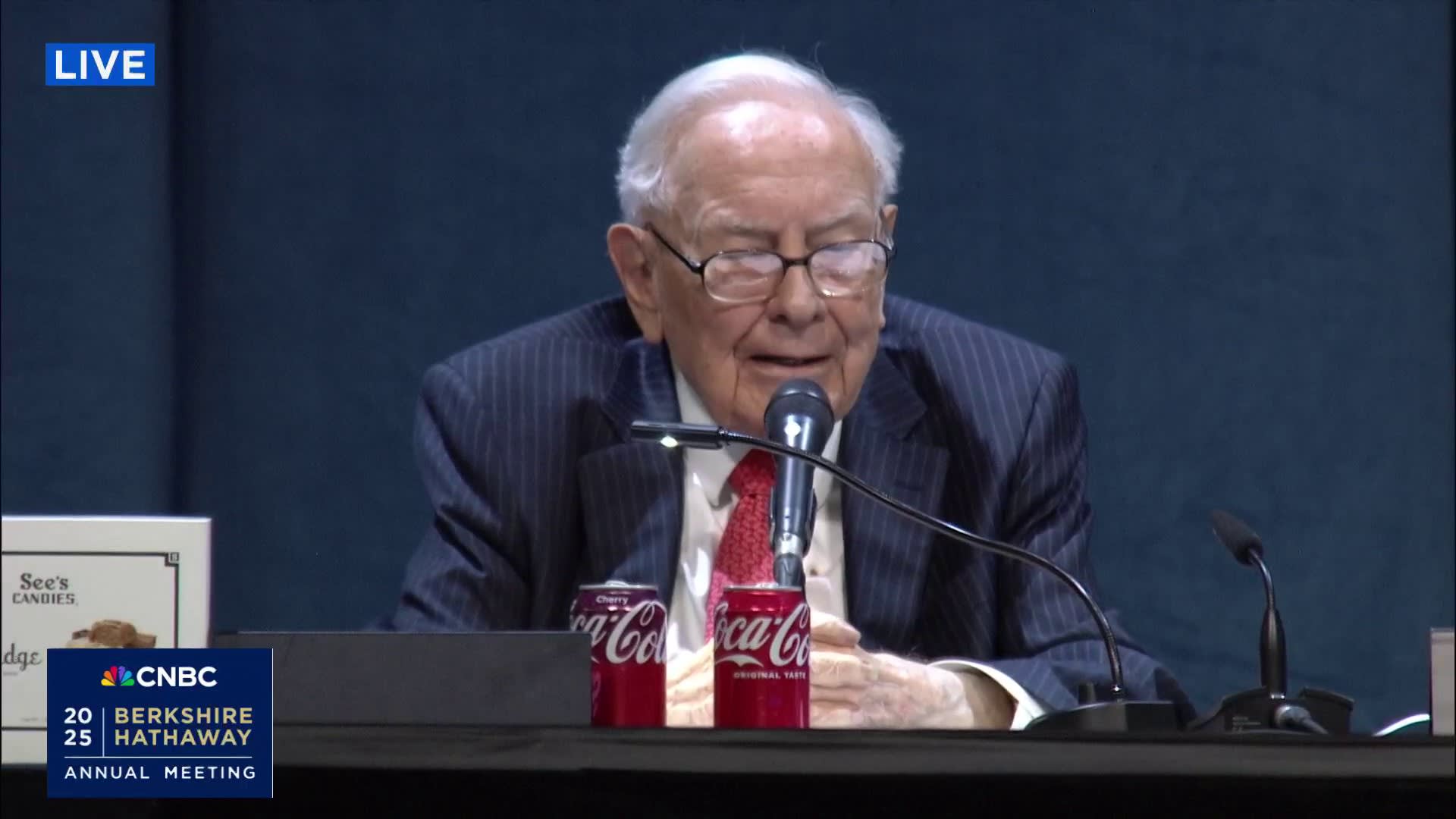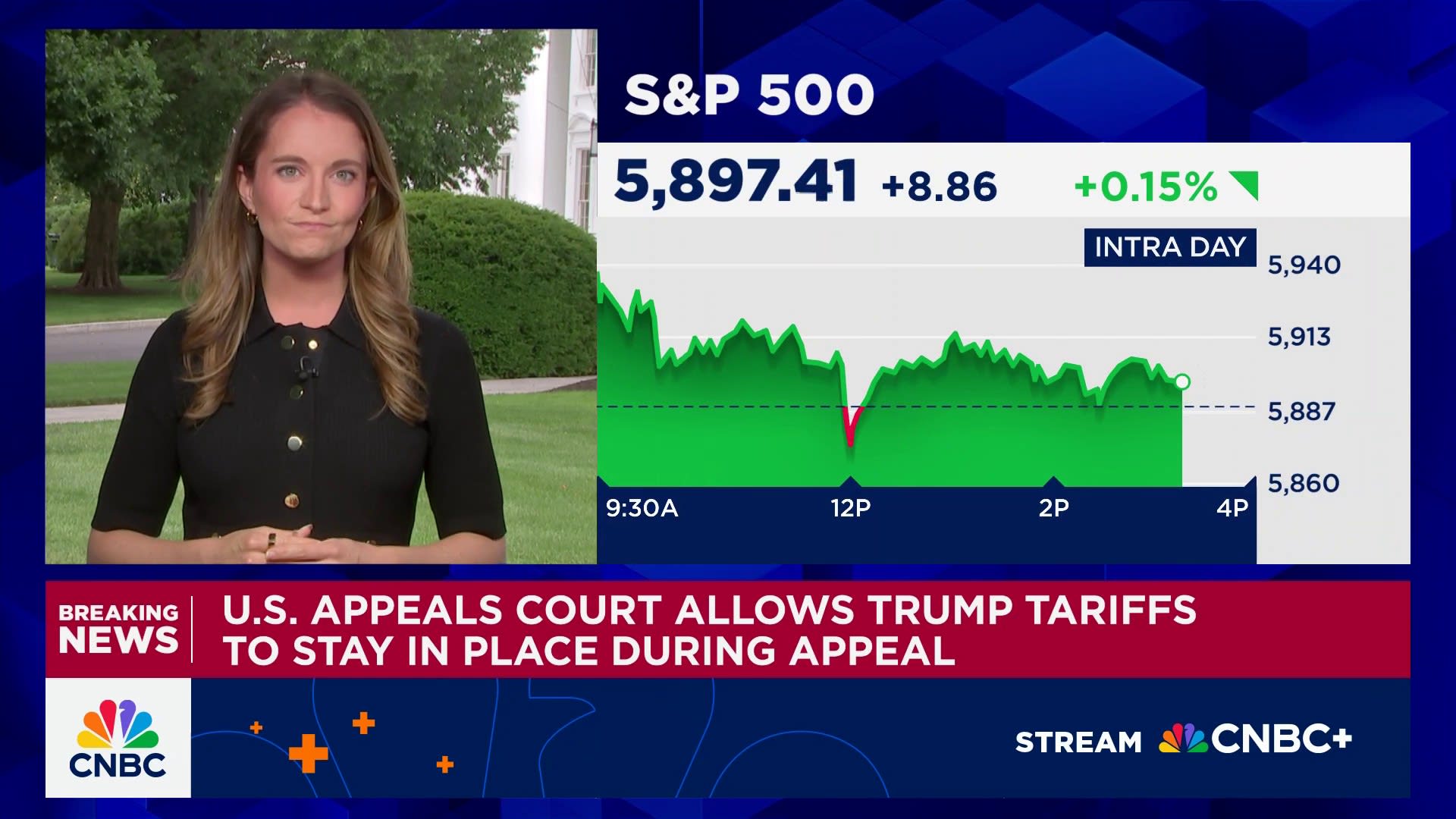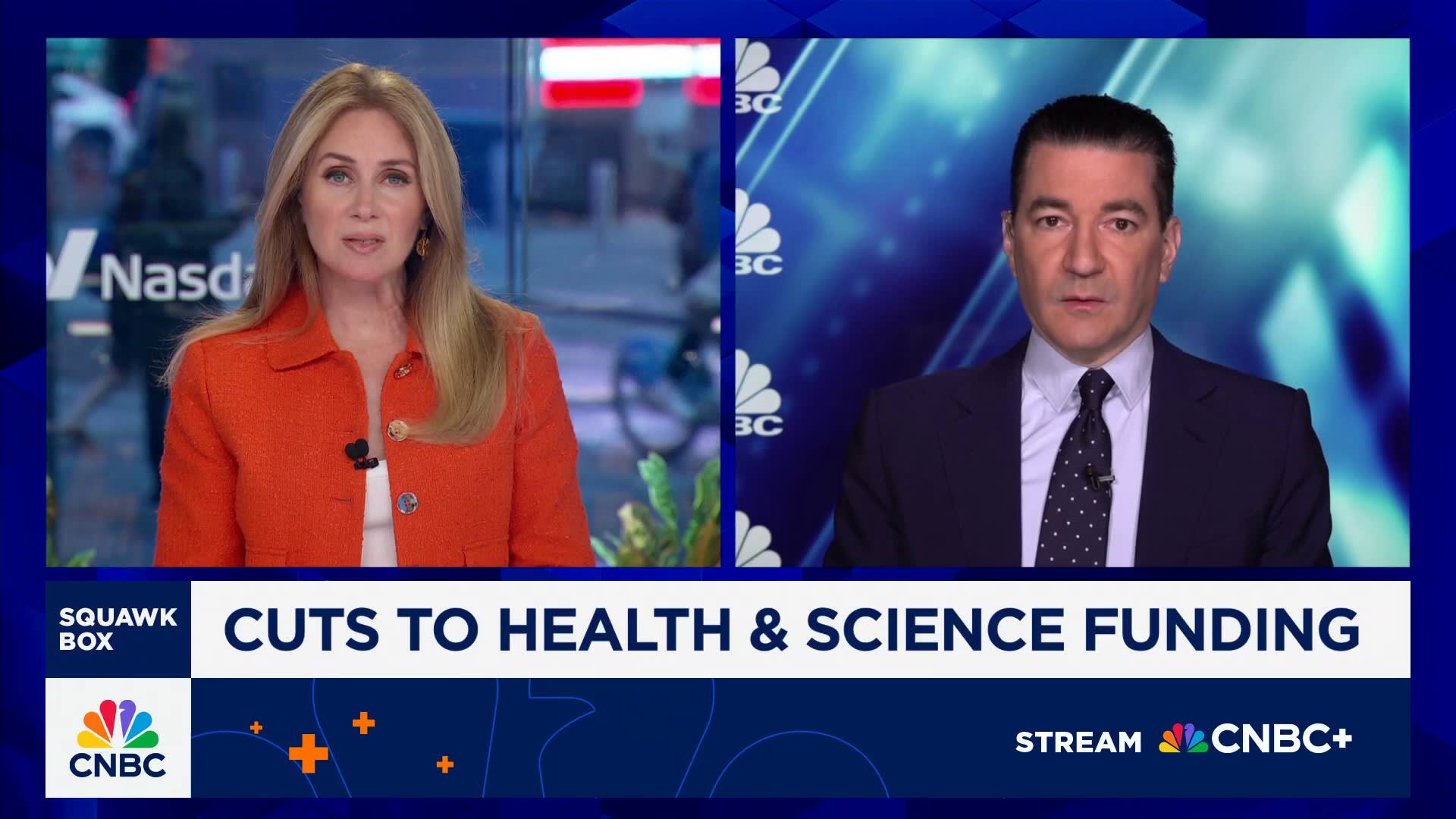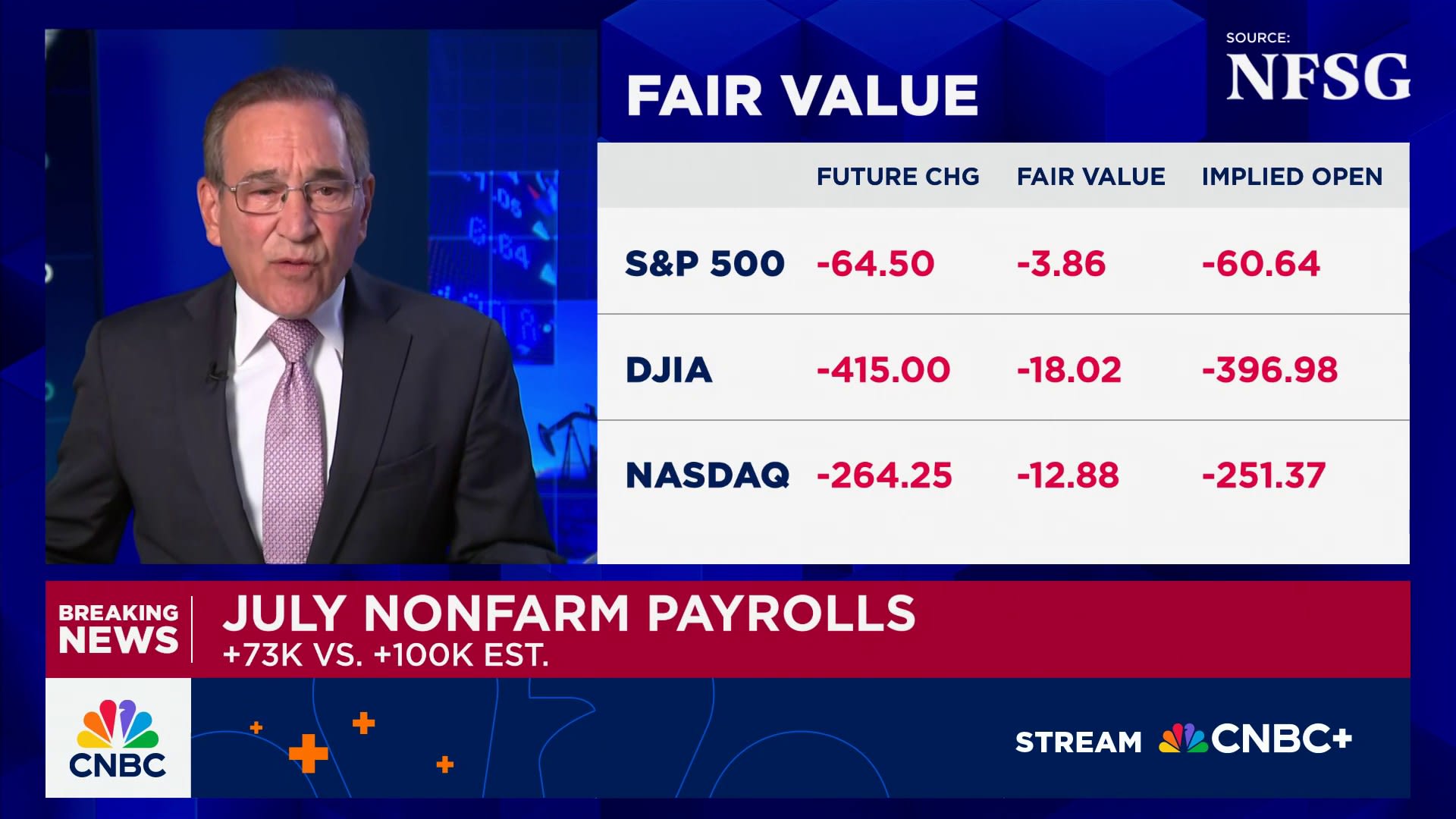Capital One shares rose on Tuesday evening despite the company reporting an extremely noisy second-quarter result due to the Discover integration. Still, we like where the company is headed with this game-changing acquisition. Revenue in the three months ended June 30 increased 31% year over year to $12.5 billion, missing the consensus estimate of $12.7 billion, according to LSEG. Adjusted earning per share (EPS) increased 75% year over year to $5.48, exceeding the $3.72 estimate, LSEG data showed. Shares are trading up about 3% in extended trading Tuesday night to around $224 per share. If the stock closes above $220.91 on Wednesday, it will mark a new all-time high. Bottom line This was not the easiest quarter to judge, but long-term benefits of owning Discover are easy to see. The blockbuster Discover acquisition, which closed on May 18, required a lot of different accounting treatments and analyst estimates were all over the board. For example, Capital One actually reported a quarterly net loss of $4.3 billion, or $8.58 per share, based on Generally Acceptable Accounting Principles (GAAP) — but, on an adjusted basis to strip out one-time impact from the deal, the company turned a huge profit of $5.48 per share. One of the largest financial impacts from the deal was the $8.8 billion worth of initial allowance build for Discover’s non-purchased credit deteriorated loans. The accounting treatment for Discover’s book of business is why there was a significant increase in the reported companywide provision for credit losses. Provisions for credit losses are funds that Capital One sets aside to cover potential loan defaults; the higher the provisions, the worse sign of credit quality. Backing out the Discover provisions tells a different story. If it was still a standalone company, Capital One would have had an allowance release of around $900 million, which is a great sign of improving credit trends. This is a big difference, to say the least. Capital One Financial Why we own it : Capital One’s acquisition of Discover is a transformative deal with significant strategic advantages and financial benefits. There are also several billions of dollars worth of expense and network synergies that should make this deal highly accretive to earnings per share. Lastly, the acquisition strengthens Capital One’s balance sheet, allowing for aggressive share repurchases in the future. Competitors : American Express, MasterCard, Visa Most recent buy : May 23, 2025 Initiated : March 6, 2025 Beyond the nitty gritty of the credit metrics, the focus of Tuesday night’s earnings call was all about the Discover integration and what management’s plans are now that it owns a payments network — the most coveted part of the $35 billion acquisition. As CEO Richard Fairbank proudly pointed out, “There are only two banks in the world with their own network, and we are one of them. We are moving to capitalize on this rare and valuable opportunity.” American Express is the other. Our thesis is that the Discover acquisition will boost Capital One’s earnings power and expand its price-to-earnings multiple. With the integration just getting started, the stock remains undervalued. Although Capital One will have to invest aggressively to achieve its vision, those returns should be worth the costs and help the company grow sustainably for years. We’re reiterating our buy-equivalent 1 rating and price target of $250. Deal outlook On the earnings call, the company provided some early thoughts on the how Discover integration is progressing. Broadly speaking, the integration “is off to a great start,” and that’s good to hear since so much of our thesis hinges on this deal being a success. However, management now expects integration costs to be “somewhat higher” than its previous announced target of $2.8 billion, which is a slightly negative development. According to Fairbank, the “integration budget” covers expenses like deal costs; moving Discover onto Capital One’s tech stack; integrating products and experience; additional investments in risk management and compliance; integrating talent; and taking care of employees. In addition to the higher cost outlook, the phrase “sustained investment” came up multiple times on the conference call. Fears of endless spending to make the deal work could spook some investors. However, the firm believes these sustained investments will lead to sustained growth and stronger returns for the long run. “The portfolio of opportunities we have is the broadest and biggest set of opportunities that I’ve seen in our history. But the only way to get there is with investment,” Fairbank said — and we’re banking on Fairbank being right. “I think there’s a lot of value creation opportunity, but we’re going to invest significantly to get there,” he later added. On the synergy side, Capital One said it’s on track to hit its target of $2.5 billion of net synergies, which is made up of cost savings and revenue synergies generated by moving its debit business and some of its credit business onto the Discover network. Capital One began the process of reissuing Capital One debt cards onto that network last month, Fairbank said. The conversion process will continue “in phases through early 2026,” he said. Longer term, the company sees a significant opportunity to invest in the network to achieve greater international acceptance and build a global network brand. Management wants to do this to lure bigger spenders onto the Discover network, and doing so could eventually could help the company exceed its synergy targets , Fairbank has said. Commentary As mentioned earlier, the actual quarterly results were hard to evaluate versus expectations because the estimates themselves varied tremendously. Analysts need time to fine-tune their models for the combined company. For that reason, we’re not putting too much stock into all the red seen in the chart above. The bearish view on Capital One is that the tariff-driven plunge in consumer sentiment would hurt the economy and materially impact Capital One’s credit performance. Since Capital One is one of the more exposed credit card companies to subprime, it’s usually the first to feel the pain of an economic slowdown. And yet, the bank’s credit performance has been healthy and steadily getting better. “Capital One’s card delinquencies have been improving on a seasonally adjusted basis since October of last year, and our losses have been improving since January of 2025,” Fairbank said on the call. Capital One’s “legacy” domestic card portfolio, which does not include Discover, also saw its net charge off rate decline 55 basis points year over year to 5.5%. Net charge-offs refer to the amount of debt a bank has written off as uncollectible, minus any recoveries. A decline is a good thing. Toward the end of Tuesday night’s call, Fairbank spoke more generally about the health of the U.S. consumer and economy, striking an upbeat tone. “If we don’t read the news and just look at what our customers are telling us with their behaviors, it is a picture of strength,” he said. As for buybacks, the company repurchased $150 million worth of stock in the quarter, bringing its full-year total to $300 million. Following another successful round of Federal Reserve stress tests in June, there’s a lot of potential here for years of multibillion dollar buybacks. But management is still working through the internal modeling of the combined company, and they plan on making an update once that is complete. (Jim Cramer’s Charitable Trust is long COF. See here for a full list of the stocks.) As a subscriber to the CNBC Investing Club with Jim Cramer, you will receive a trade alert before Jim makes a trade. Jim waits 45 minutes after sending a trade alert before buying or selling a stock in his charitable trust’s portfolio. If Jim has talked about a stock on CNBC TV, he waits 72 hours after issuing the trade alert before executing the trade. THE ABOVE INVESTING CLUB INFORMATION IS SUBJECT TO OUR TERMS AND CONDITIONS AND PRIVACY POLICY , TOGETHER WITH OUR DISCLAIMER . NO FIDUCIARY OBLIGATION OR DUTY EXISTS, OR IS CREATED, BY VIRTUE OF YOUR RECEIPT OF ANY INFORMATION PROVIDED IN CONNECTION WITH THE INVESTING CLUB. NO SPECIFIC OUTCOME OR PROFIT IS GUARANTEED.










